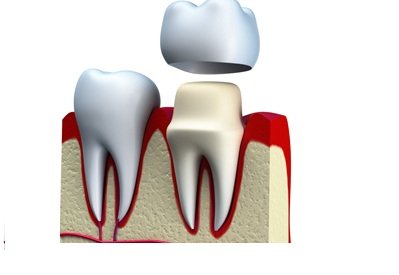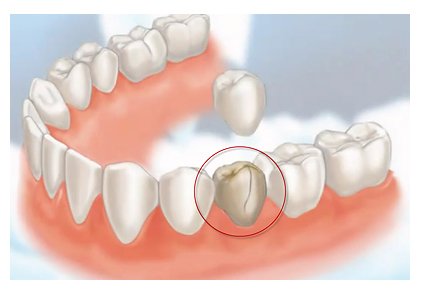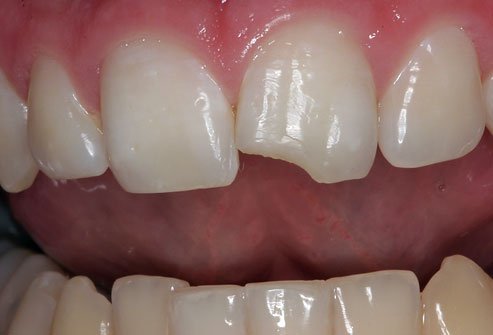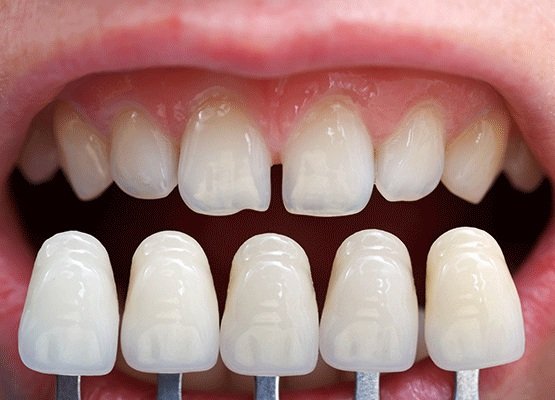Types of Dental Crowns
There is a wide variety of materials from which dental crowns are made. Each of the type of dental crown has its own pros and cons.
Here’s the list of materials used for dental crowns:
- Porcelain or ceramic – These crowns can give a great cosmetic result, by best reproducing the natural look of a tooth. There are many types of crown that fit into this category. In the back of the mouth where substantial chewing forces are routinely generated, placing an all-ceramic might not make the best choice due to strength. They are commonly used in for front teeth.
- Porcelain fused to metal – Such crowns, also known as porcelain-bonded crowns, are very common. They combine the strength of a metal base with a cosmetic covering of tooth-colored porcelain. They have a proven track record of success. They can make a good choice for either front or back teeth. However, over time, the metal may show through at the gum-line (as a visible dark line). These crowns may therefore not be the ideal choice where aesthetics are of prime importance.
- Metal – Usually made from gold or “white” (silver-colored) dental alloy. They’re known for their strength and durability. The precious alloys that are used to make gold dental crowns have a wear rate that’s similar to tooth enamel. That means the crown won’t create excessive wear on the teeth that oppose it (the teeth that it bites against).
If you are considering dental crowns for restorative or cosmetic dental purposes, it is best to discuss your options. We, at Expressions Dental will help you choose the dental crown material that best fits your needs.










